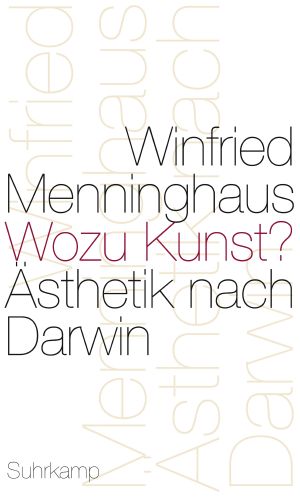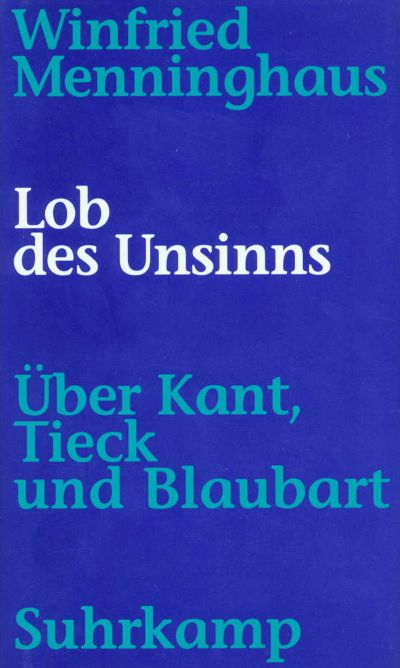English world rights (Stanford UP)
Menninghaus's book demonstrates that all these examples refer to a widely unknown debate on the arabesque and that Kant, in displacing it, addresses genuinely »modern« phenomena. The early Romantic poetics and literature of the arabesque follow and radicalize Kant's...
Shells, leafwork, picture frames, hummingbirds, wallpaper decorations, hems of clothing – such are the examples Kant's Critique of Judgment offers for a »free« and purely aesthetic beauty.
Menninghaus's book demonstrates that all these examples refer to a widely unknown debate on the arabesque and that Kant, in displacing it, addresses genuinely »modern« phenomena. The early Romantic poetics and literature of the arabesque follow and radicalize Kant's move.
Menninghaus shows parergonality and »nonsense« to be two key features in the spread of the arabesque from architecture and the fine arts to philosophy and finally to literature. On the one hand, comparative readings of the parergon in Enlightenment aesthetics, Kant, and Schlegel reveal the importance of this term for establishing the very notion of a self-reflective work of art. On the other hand, drawing on Kant's posthumous anthropological notebooks, Menninghaus extrapolates an entire Kantian theory of what it means to produce nonsense and why the Critique of Judgment defines genius precisely through the power (as well as the dangers) of doing so. (from the book description of the English edition published by Stanford UP)
Persons
OTHER PUBLICATIONS

Why Art?
Charles Darwin derived his model of aesthetic representation and...
English world rights (Academic Studies Press), Japan (Hosei UP)
Previously published in the respective language / territory; rights available again: Italy (Grafiche Fiorini)
The Promise of Beauty
Japan (Gendai Shicho Shinsha)
Previously published in the respective language / territory; rights available again: Italy (Aesthetica)
Disgust
Disgust (Ekel, dégoût) is a state of high alert. It acutely says »no« to a variety of phenomena that seemingly threaten the integrity of the self, if not its very...
English world rights (SUNY Press), Japan (Hosei UP), Poland (Universitas)
Previously published in the respective language / territory; rights available again: Italy (Mimesis)
